Magnolia kobus : Grow & Care for Magnolia kobus
Written by Iris
Aug 06 2021
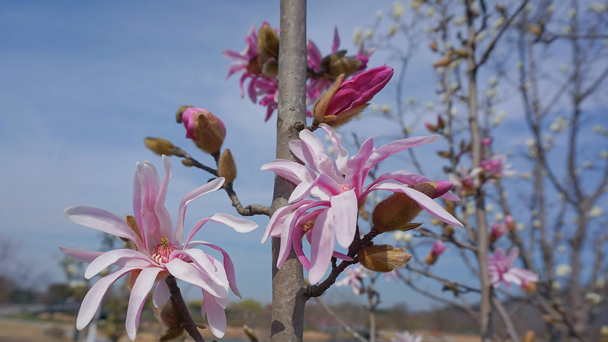
Magnolia kobus is deciduous. Magnolia kobus is a very hardy small tree or shrub that produces a profusion of goblet to saucer shaped white flowers on bare stems in late spring. As one of the few magnolias which grows well as a single-trunked tree, Magnolia kobus does not produce flowers until it is about 12-15 years old.
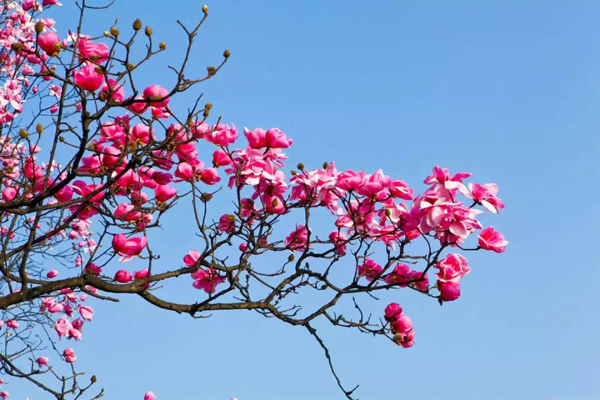
In summer, snip a 4- to 6-inch segment of branch containing some soft, fresh leaves near the tip.
Scrape off a segment of bark from the base of the cutting, about 1/2 x 1/2 inch in size, exposing the green inner layer of bark (cambium).
Treat the base of the cutting and the scraped area with a powdered rooting hormone.
Plant the cutting in a pot containing a mixture of 1 part peat moss and 1 part sand (or a commercial rooting mixture).
Place the pot in a sheltered outdoor location that receives indirect morning light.
Mist the stem and water the pot once a day (twice on warm days) until the cutting has established roots.
Once roots are firmly established (usually this takes nine weeks or more), transplant it into a 1-gallon nursery container filled with standard potting soil.
Continue growing the cutting in a pot for one full growing season. At that point, your young tree can be transplanted into the garden.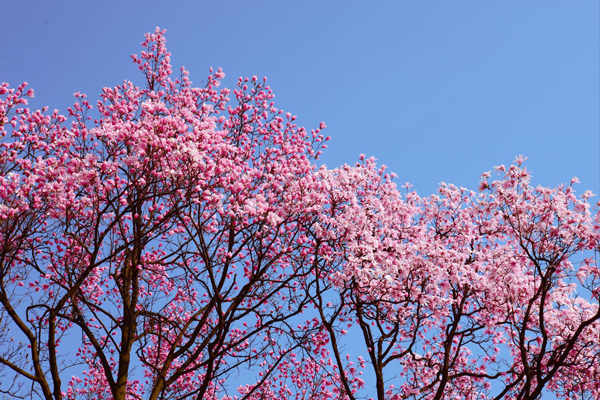
Temperature and Humidity
This tree does fairly well in all conditions found in its hardiness range, provided it gets proper water and is grown in well-drained soil. It has moderate tolerance for drought. Late cold spells can damage flower buds in spring, but this does not permanently damage the tree.
Fungal leaf spots also occur, but do minor damage, and should disappear on their own. Canker may be the cause of branch die-off, and should be dealt with by pruning the damaged branch to fresh wood.
Magnolia scale is an insect that may also cause branch die-off and underdeveloped leaves. If you see a sticky sap on your tree, then suspect the magnolia scale. They can be controlled by dormant or summer oils, or via insecticides, applied in late summer.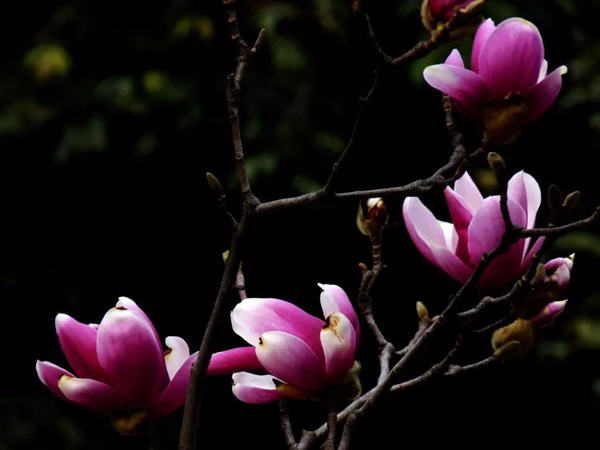
An interesting cultivar is 'Wada's Memory'. It is sometimes listed as Magnolia salicifolia 'Wada's Memory' or as a hybrid of the two species (named Magnolia x kewensis). It is columnar to pyramidal in form, with large blossoms and blackish-green leaves.
Magnolia Kobus has also been crossbred with the star magnolia (Magnolia stellata) and the resulting hybrid is the Loebner magnolia (Magnolia x loebneri).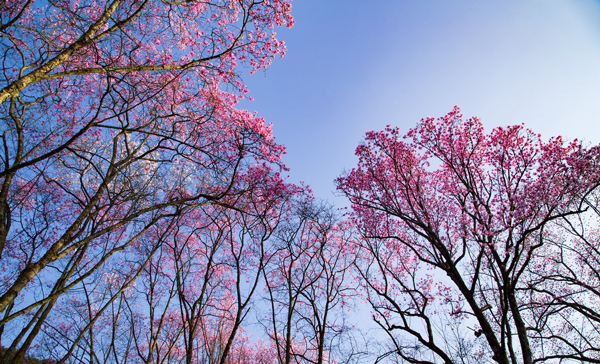
How to Choose and Prepare a Planting SiteHow to Grow Magnolia kobusHow to Care for Magnolia kobusVarieties of Magnolia kobusMagnolia kobus FAQ
How to Choose and Prepare a Planting Site
Magnolia kobus need moist soils with a high organic matter content. magnolia kobus do not like drying out nor do they cope with waterlogged soils. It is often thought that Magnolia kobus will not tolerate alkaline soils however many of the common varieties will do well except on chalky soils. As the flowers of Magnolia kobus are frost sensitive they are best kept out of frost pockets and windy exposed spots.
How to Grow Magnolia kobus
Steps for Magnolia kobus Propagation with Seeds
best sown as soon as it is ripe in a cold frame. Stored seed must be kept cold over the winter and should be sown in late winter in a cold frame. The seed usually germinates in the spring but it can take 18 months. Prick out the seedlings into individual pots when they are large enough to handle and grow them on in light shade in a cold frame or greenhouse for at least their first winter. They can be planted out into their permanent positions when they are more than 15cm tall, though should be well mulched and given some protection from winter cold for their first winter or two outdoors.Steps for Magnolia kobus Propagation with Stem Cuttings
To propagate from cuttings:In summer, snip a 4- to 6-inch segment of branch containing some soft, fresh leaves near the tip.
Scrape off a segment of bark from the base of the cutting, about 1/2 x 1/2 inch in size, exposing the green inner layer of bark (cambium).
Treat the base of the cutting and the scraped area with a powdered rooting hormone.
Plant the cutting in a pot containing a mixture of 1 part peat moss and 1 part sand (or a commercial rooting mixture).
Place the pot in a sheltered outdoor location that receives indirect morning light.
Mist the stem and water the pot once a day (twice on warm days) until the cutting has established roots.
Once roots are firmly established (usually this takes nine weeks or more), transplant it into a 1-gallon nursery container filled with standard potting soil.
Continue growing the cutting in a pot for one full growing season. At that point, your young tree can be transplanted into the garden.

How to Care for Magnolia kobus
Light
Magnolias prefer a spot in the garden that receives full sun to light shade. That said, if you live in a particularly warm or dry climate, your magnolia might benefit from a location shaded from the hot afternoon sun. If possible, avoid exposed, windy locations because strong winds can damage large flowers and the typically brittle branches.Soil
Magnolia kobus perform best in a loamy, well drained soil but rich in organic matter. You can make an easy contribution to the organic bit by putting plenty of compost or well rooted manure into the planting pit and keeping the plant regularly mulched. Magnolias are surface rooting plants which respond well to mulching. A slightly acidic soil is best.Water
The main reason that plants die within 12 months of having been planted is lack of water. It is essential throughout the spring and summer, to give a heavy enough watering to enable the water to penetrate right down to the deepest root level of the tree. In hot dry spells give the equivalent of 2 bucketfuls every three days.Temperature and Humidity
This tree does fairly well in all conditions found in its hardiness range, provided it gets proper water and is grown in well-drained soil. It has moderate tolerance for drought. Late cold spells can damage flower buds in spring, but this does not permanently damage the tree.
Fertilizer
If your tree is healthy and blooming, no fertilizer needed. Feed a young tree at time of planting.Pruning
Magnolias don't require pruning as much as some ornamental trees, and in fact pruning an older magnolia can damage the tree. Young trees should be pruned in spring after blooming for shaping. Some people like to remove the lower branches to facilitate mowing. You’ll also want to remove dead or damaged branches as necessary. Always use a light touch when pruning your magnolia, however, to avoid stressing the tree.Pests and Diseases
Magnolias are robust trees with few diseases or pests. One common ailment is algal leaf spot, which causes leaves to turn brown and develop a velvet-like underside. This can be treated with a fungicide.Fungal leaf spots also occur, but do minor damage, and should disappear on their own. Canker may be the cause of branch die-off, and should be dealt with by pruning the damaged branch to fresh wood.
Magnolia scale is an insect that may also cause branch die-off and underdeveloped leaves. If you see a sticky sap on your tree, then suspect the magnolia scale. They can be controlled by dormant or summer oils, or via insecticides, applied in late summer.

Varieties of Magnolia kobus
There are two natural varieties of Magnolia kobus, according to some botanists: var. kobus and var. borealis. Some also believe the star magnolia (Magnolia stellata) is a variety of this species, making it var. stellata.An interesting cultivar is 'Wada's Memory'. It is sometimes listed as Magnolia salicifolia 'Wada's Memory' or as a hybrid of the two species (named Magnolia x kewensis). It is columnar to pyramidal in form, with large blossoms and blackish-green leaves.
Magnolia Kobus has also been crossbred with the star magnolia (Magnolia stellata) and the resulting hybrid is the Loebner magnolia (Magnolia x loebneri).

Magnolia kobus FAQ
Where are magnolia trees originally from?
Magnolia trees originate from Southeast Asia and North America, but they have been naturalized to almost all continents in the world because of their beauty.Is magnolia poisonous to humans?
Expert Insight. According to the University of Arkansas Division of Agriculture, the southern magnolia tree is considered to have no toxic effects on humans or animals if handled or ingested. Ingestion of the leaves, flowers or berries of the magnolia tree will not result in plant poisoning.What does the magnolia tree symbolize?
Some of the symbols of the magnolia tree include nobility, perseverance, beauty, purity, endurance, love of nature, health, joy, and others. What this tree represents in the life of people cannot be overemphasized and they are believed to have great meaning to those who have them around them.
Latest Updated
- Benefits of Bugleweed - 7 Science-backed Health Benefits
- Bugleweed Dangers & Side Effects - Is It Poisonous?
- How to Plant Evergreen Trees - What You Should Know
- When to Plant Evergreens - Grow Guide for Evergreen Trees
- 12 Wonderful Evergreen Shrubs for Your Garden
- 12 Popular Evergreen Plants with Pictures for Beginners
- When And How To Prune A Lilac Bush Like a Pro
- How to Grow & Care for Lilac Vine (Hardenbergia Violacea)
- Japanese Lilac Tree (Syringa Reticulata) Care & Propagation Guide
- Shumard Oak Pros and Cons - What to Know
Popular Articles
- Winter maintenance of Antirrhinum Majus
- How to Grow Terminalia Mantaly Tree
- How to Grow and Care for Crossostephium Chinense
- How to grow Antirrhinum Majus in spring
- Peristeria Elata (Dove Orchid) Profile: Info & Care Guide
- Underwatered Snake Plant (Sansevieria Trifasciata) - Signs And How To Fix
- How to Care for Brazilian Jasmine Plant (Mandevilla Sanderi)
- How to Grow & Care for Graptopetalum Purple Delight in Summer
- Rosa Chinensis (China Rose): Plant Growing & Care Tips
- How to Care for Baby Sun Rose (Aptenia Cordifolia)